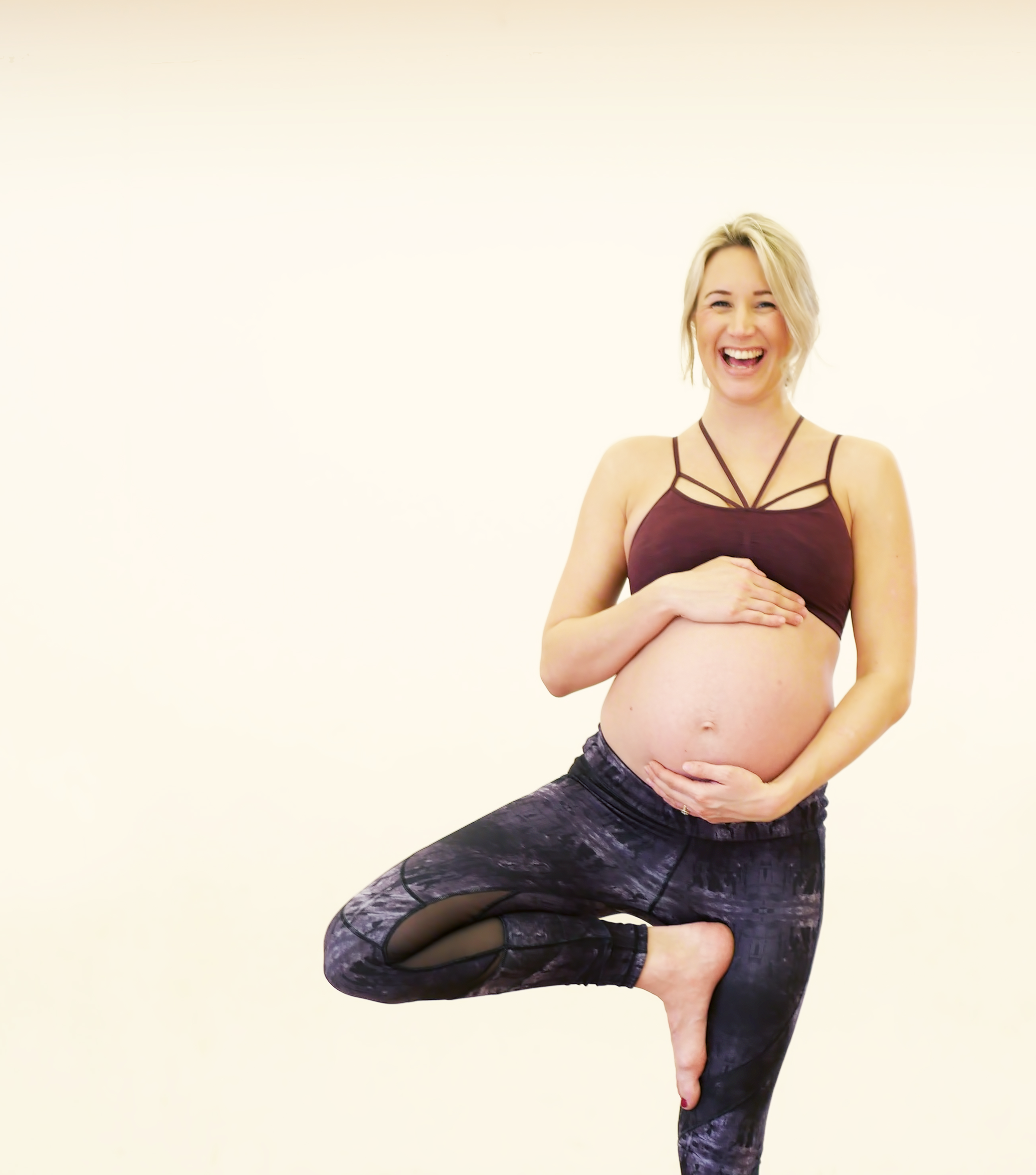Adrenaline
- Lucy Flow

- Oct 15, 2019
- 2 min read
Updated: Aug 18, 2021
How does Adrenaline play an important role in your birth? Well, labouring women actually have a love / hate relationship with adrenaline, and learning about these pros and cons can be of huge help in learning about birth.

When we feel calm and relaxed, we release Oxytocin, which is known as the love hormone and we need it for labour to happen. Oxytocin keeps adrenaline at bay, preventing it from being released. When we feel scared, or anxious or cross, adrenaline floods our bodies making our heart rates rise and making us feel less than calm and relaxed. Think about a time in your life that you have felt scared or cross... 😤 the thumping heart, the swooshy head, the heavy, shallow breathing. This is the the effect of adrenaline, and this is not what a labouring woman wants or needs to feel. Adrenaline flooding the body of a labouring woman will tell her body that it isn’t safe to birth, and this isn’t the right time. Labour can slow, or even stop ✋ altogether, and muscles will tense making contractions more intense and uncomfortable. Adrenaline is not our friend here...
So where does the love 💕relationship come in? Right at the end of your first stage of labour, when you are 9-10cm dilated, you will enter the transition period, right before your baby’s head crowns. THIS is where we need the pure power of adrenaline 🙌 To gather our last piece of energy. to bring our babies down and our, into our arms and in to the world 🌎 And the great thing here is, you don’t need to do anything, your body will do it all for you... 💪 So, how can you keep adrenaline at bay in the early stages? Remember the secret weapon- breathing. It’s all you need! Our online ‘Breathing Techniques’ tutorial will teach you some wonderful exercises to use during labour, to keep you calm and keep adrenaline from being released. It really is that simple



Comments